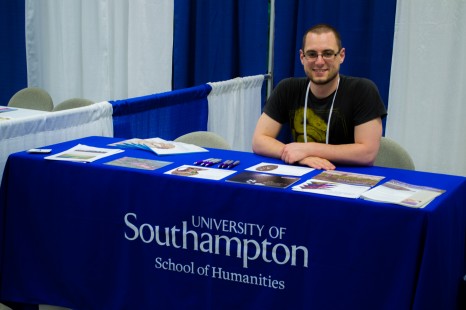
First Day of the 2013 Portus Field School
Today was the first day of the 2013 Portus field school. Staff and students arrived throughout the weekend in order to settle into their accommodation in nearby Fiumicino. The staff members were joined by 10 first year undergraduate archaeology students, 6 Curriculum Innovation Programme (CIP) students and 2 Lifelong Learning students, all from the University of Southampton.
Continue reading →






